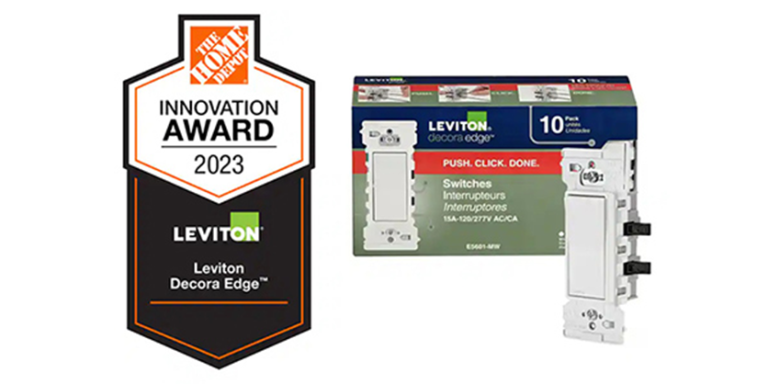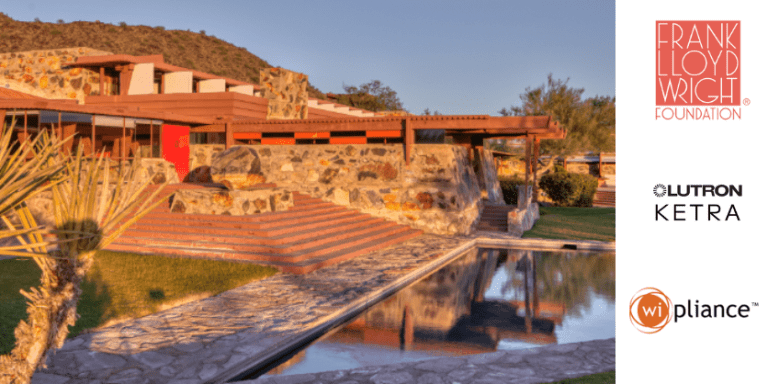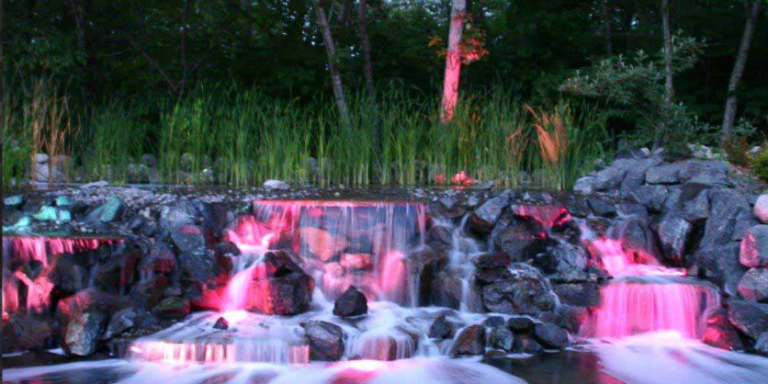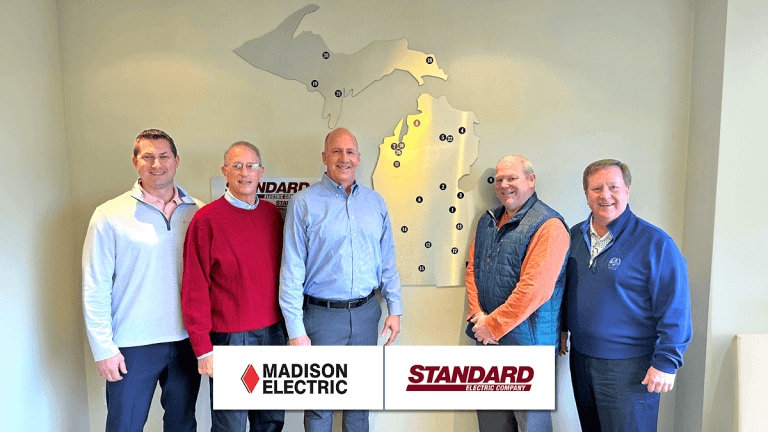ENERGY STAR Program Celebrates 25 Years of Achievements in Lighting Efficiency
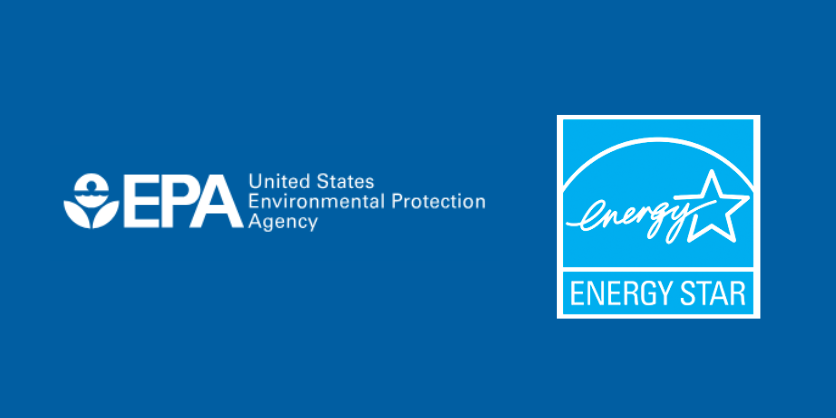
The U.S. Environmental Protection Agency’s (EPA) ENERGY STAR program celebrates more than 25 years of achievements in lighting efficiency. Since the ENERGY STAR label for lighting and light bulbs was first introduced in 1997 to improve market uptake of energy-efficient lighting, well over 3 billion ENERGY STAR-certified light bulbs have been sold in the United States. These sales have helped transform the lighting market and deliver electric energy savings of over one trillion kWh — equivalent to the annual carbon sequestration of over 800 million acres of forest in the USA.
“The recent transformation of how America lights its homes and businesses is an ideal success story of how a simple partnership program can make astounding progress in addressing climate change,” said Joseph Goffman, Principal Deputy Assistant Administrator of EPA’s Office of Air and Radiation. “The ENERGY STAR label has guided millions of consumers towards light bulbs that provide better lighting quality and save money, all while avoiding extraordinary amounts of climate pollution.”
Back in 1997, the energy-efficient alternative to incandescent lighting was primarily compact fluorescent bulbs, and the U.S. lighting industry had struggled to create consumer demand. A lack of consumer awareness and education around lighting efficiency, combined with limited coordination among manufacturers, utilities, and retailers created an opportunity for EPA to generate a market signal to help boost consumer adoption through ENERGY STAR. Over the next two decades, EPA’s focus on product quality, branding, and consumer education helped transform the market with the help of dedicated industry partners. These efforts brought together manufacturers, retailers, utilities, test labs, certification bodies, utility program implementers, advocates, and government to collaborate in a voluntary partnership that delivered unprecedented environmental results — with some partners having been with the program for over 30 years since the inception of the Greenlights program, ENERGY STAR’s predecessor.
With these remarkable improvements in lighting efficiency and quality resulting from over two decades of innovation from the ENERGY STAR program in partnership with the lighting industry, the lighting market has transformed, and inefficient light bulbs are a thing of the past. In May 2022, the Department of Energy formalized a policy that enforces a 45 lumen-per-watt limit and ushers in a new era for lighting. With this new standard, only energy-efficient light bulbs, predominantly LEDs and a small subset of CFLs, can be sold in the U.S. As a result of this new standard and widespread market penetration of energy-efficient lighting, the ENERGY STAR label will be phased out from most lighting options effective at the end of 2024. ENERGY STAR will continue to certify and maintain specifications for downlights and string lights, which are not impacted by the federal standard.


